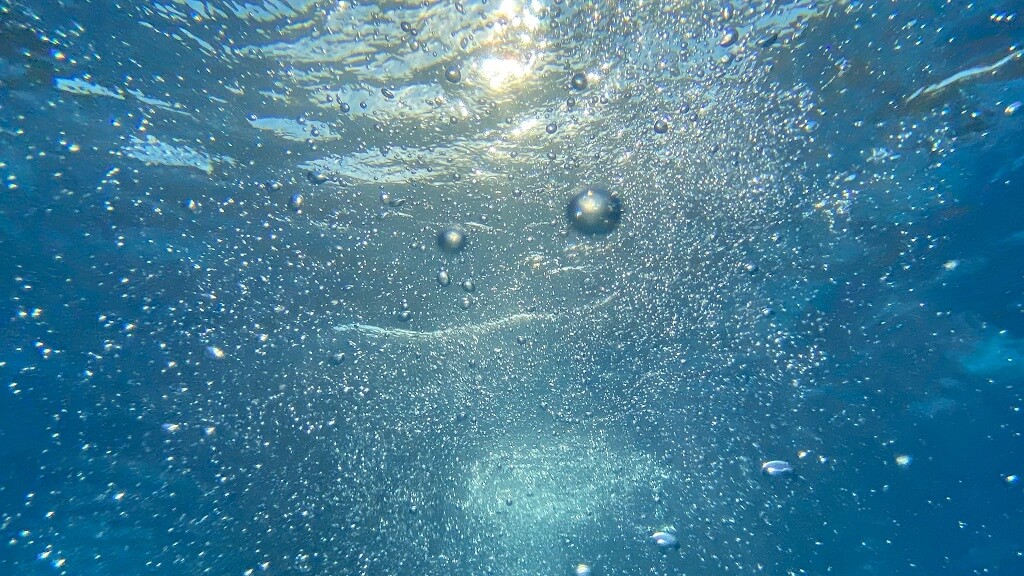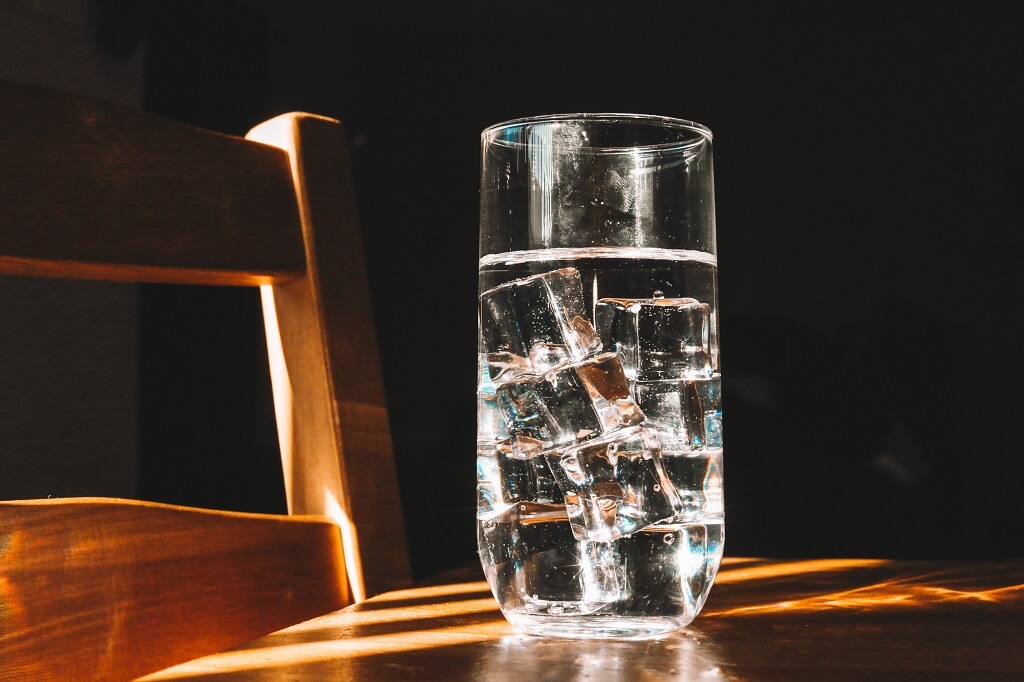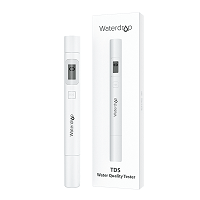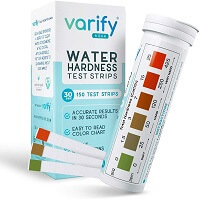Measuring the Minerals of Water
The TDS level, or Total Dissolved Solids, inform you of your waters overall mineralization. TDS refers to the contents, organic and inorganic, dissolved in your water. Unfortunately, this information doesn't reveal the specific mineral contained therein, however, it is a common unit measured in mg/l (milligrams per litre). These minerals are responsible for bestowing specific flavors of the water, as well as other various characteristics. Groundwater, as well as the atmosphere, are commonly filled with dissolved gas, such as oxygen, carbon dioxide, and nitrogen. These elements each contribute to the overall characteristics of bottled water in a significant way. TDS, on the other hand, is incapable of measuring dissolved gases – only pertaining to dissolved solids.
The Importance of Measuring TDS
Although it isn't well known, total dissolved solids are capable of affecting your health, home plumbing system, water quality, and more. These elements may impart unsavory flavors into your cooking, and even cleaning efforts. You can have a better understanding of your water quality, especially once you begin measuring your water's TDS. In this way, you can make informed decisions toward water quality improvements, as well as the installation of effective filtration solutions throughout your home.
-
Taste & Odor
Tap water in possession of high amounts of TDS often possesses a bitter flavor, and unsavory scent. The bitter taste can be significantly higher, especially in situations where the overall level of total dissolved solids is much much higher than normal. The aid of a Reverse Osmosis system, and ceramic water filtration cartridges, go great lengths in improving overall taste and smell of tap water sources. -
Maintaining Your Health
While it isn't necessarily dangerous to drink water with higher levels of TDS, various substances can pose an assortment of health hazards. One of these substances, in particular, is lead. Exposure to lead can lead to nervous system damage, as well as brain damage. Exposure to high levels of copper can also lead to nausea. Furthermore, a Reverse Osmosis system, or even a water distiller, has been proven to filter out heavy metals, and improve your overall health. -
Regular Filter Maintenance
TDS may be further reduced through the use of a home water filtration system, but it isn't the end all be all. Considering the regular wear and tear presented by a household, it is crucial to adhere to regular maintenance to the unit, especially in terms of filter changes. -
Appliances & Plumbing
Calcium and magnesium are two of the most common minerals found in the TDS of hard water sources. As these elements dissolve, they tend to buildup and form scale within pipes, kitchen appliances, and more.

Reducing TDS Levels of Your Tap Water
After you've measured your tap water's TDS, you can educate yourself in regard to the reduction or total removal. What do you do if there are high levels of TDS in your tap water? The following details will help you in your efforts to lowering the presence of TDS in your tap water.
-
Water Distillation
Boiling the water to produce vapor plays a vital role in the distillation process. Once water reaches a boil, it naturally produces steam which rises to a cool surface, before condensing back to a liquid form. In this event, TDS do not vaporize, and therefore they remain in the resulting solution. -
Reverse Osmosis
Reverse Osmosis is fully capable of removing total dissolved solids, because the water is forced through a synthetic membrane under extreme pressure. The micro pores in this membrane prevent molecules of a certain size from passing through to the resulting water. While the water is able to squeeze through micro pores of the membrane, TDS, as well as other contaminants, are incapable. -
Deionisation
In terms of deionization, the water passes through positive and negative electrodes. Positive ions are enabled by ion-selective membranes in order to separate from the water, moving them toward negative electrodes. In turn, this produces deionized water, with a higher purity level overall. Before this, though, water passes through a Reverse Osmosis unit, in order to remove any organic contaminants of a non-ionic nature.
The Act of Measuring Total Dissolved Solids
It's important to keep close watch on your tap water's TDS for a variety of reasons. A water softener may improve various issues surrounding water hardness, as well as staying on track toward resolving the issue. When you have struggled with bitter tasting water, or are concerned with potential health issues, measuring the TDS of your tap water offers educational info. This is also true for those with a spa or pool, especially when homeowners want to reduce maintenance, or save money in the long run. You are faced with two viable options in this situation, such as an at-home test, or services through a laboratory. Going through a laboratory involves various equipment and materials your typically homeowner are not in possession of.
Waterdrop TDS Meter
Waterdrop's stainless steel sensor is capable of accurately measuring the TDS of your tap water without worry of magnetic field interference. This better enables you to view a readout on the easy-to-read screen in a matter of minutes. The Automatic Temperature Compensation (ATC) ensures water temperature will not impact the readout. Featuring a measurement range between 0 and 9999 PPM, you are better equipped to test your aquarium's, pool's, spa's, or tap water's overall TDS value. Featuring a power-saving mode, this Waterdrop meter automatically shuts off after 3 minutes of being idle. With a BPA-free, lead-free design you can rest assured your filtered water is not in danger of secondary pollution.
Water Hardness Test Kit
This method allows homeowners to dip a strip into the water in question, comparing it against the included color chart. This means you're no longer required to visit a store, while you wait for someone to test your water and translate the results. This test kit can provide reliable, accurate results in a matter of minutes. The bottle includes an oversized chart, for easier reading of effortless results. The colors range anywhere between red and green, referring to values between 0 to 25 GPG, and 0 to 425 PPM. Included are 50 strips in two separately sealed pouches. Once the strips are used up, simply order a refill, or a completely new bottle.





